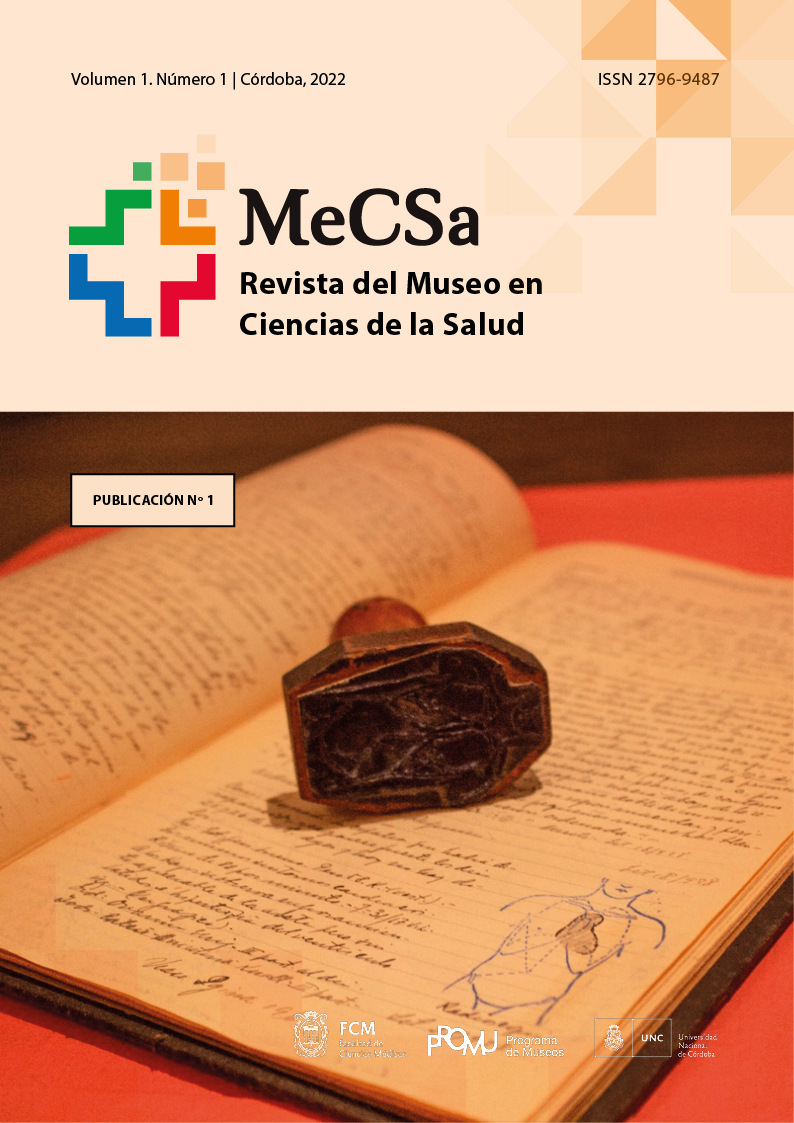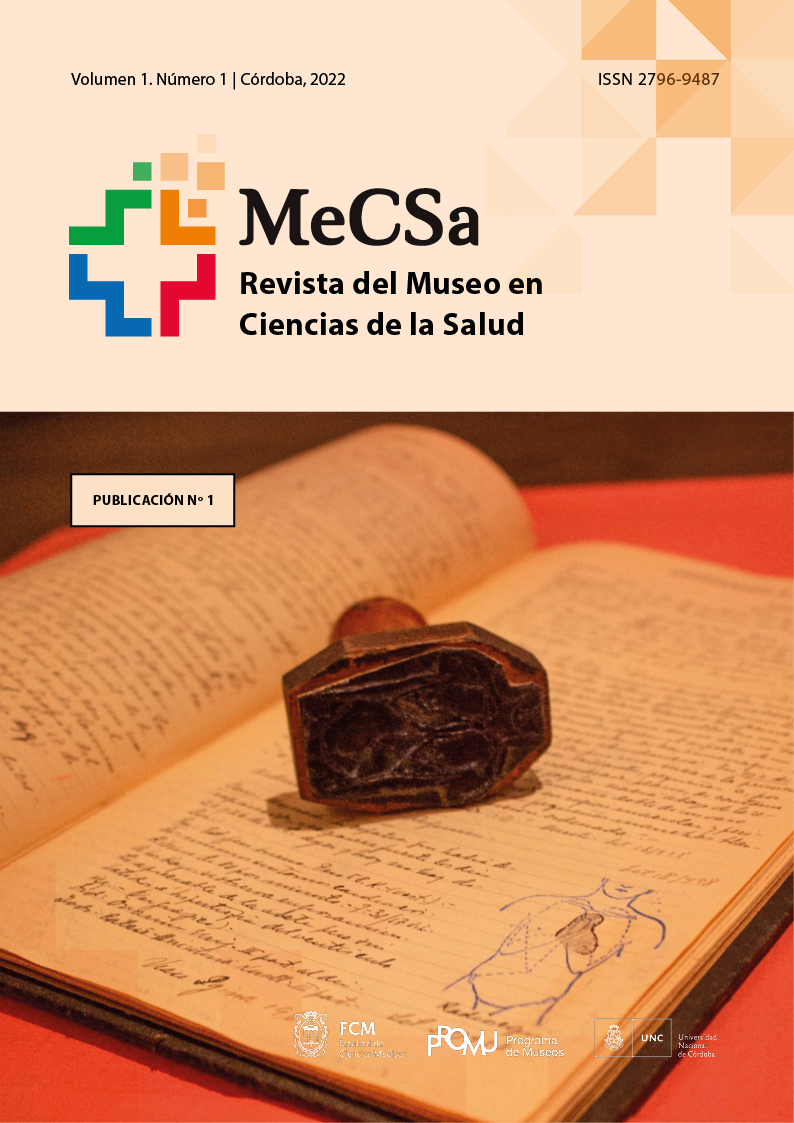El gorro frigio en la Facultad de Ciencias Médicas, Universidad Nacional de Córdoba
Keywords:
Phrygian cap, Practical School of Medicine, National University of CordobaAbstract
The National University of Cordoba, one of the oldest and most prestigious universities in Argentina, has adopted the Phrygian cap as a symbol of freedom, equality and social justice in its architecture and as part of its institutional identity. The Phrygian cap can be seen on several emblematic buildings of the university and can also be found on other symbols related to the university. The use of the Phrygian cap at the National University of Córdoba has its roots in the history of the French Revolution and has become an important symbol of the struggle for equality and social justice in Argentine society. Although there is no specific information about its use in the Faculty of Medical Sciences, it is present in some of the buildings of the Faculty of Medicine due to its importance in the identity of the university, for example on the façade of the Practical School of Medicine, Faculty of Medical Sciences, National University of Cordoba.
References
DENIS, J. L. (2004). El gorro frigio y la Revolución Francesa. Archivo Español de Arte, (315), 141-156.
GRUZINSKi, S. (1999). El gorro frigio, símbolo de libertad. Magallánica, (6), 59-74.
PAGDEN, A. (2007). El mundo moderno: Los fundamentos medievales del pensamiento moderno. Barcelona: Editorial Crítica.
PICON, G. (2005). El gorro frigio: Un símbolo en la construcción de la ciudadanía en la Revolución Francesa. Revista de Estudios Sociales, (20), 107-118.
VALLESPÍN, F. (1999). La libertad y su gorro frigio. Isegoría, (20), 45-53.
Downloads
Published
Issue
Section
License
Copyright (c) 2023 Universidad Nacional de Córdoba

This work is licensed under a Creative Commons Attribution-NonCommercial 4.0 International License.
La Revista del Museo en Ciencias de la Salud de la Facultad de Ciencias Médicas de Córdoba adhiere a la política de Acceso Abierto y no cobra cargos a los autores para publicar, ni tampoco a lectores para acceder a los artículos publicados.



